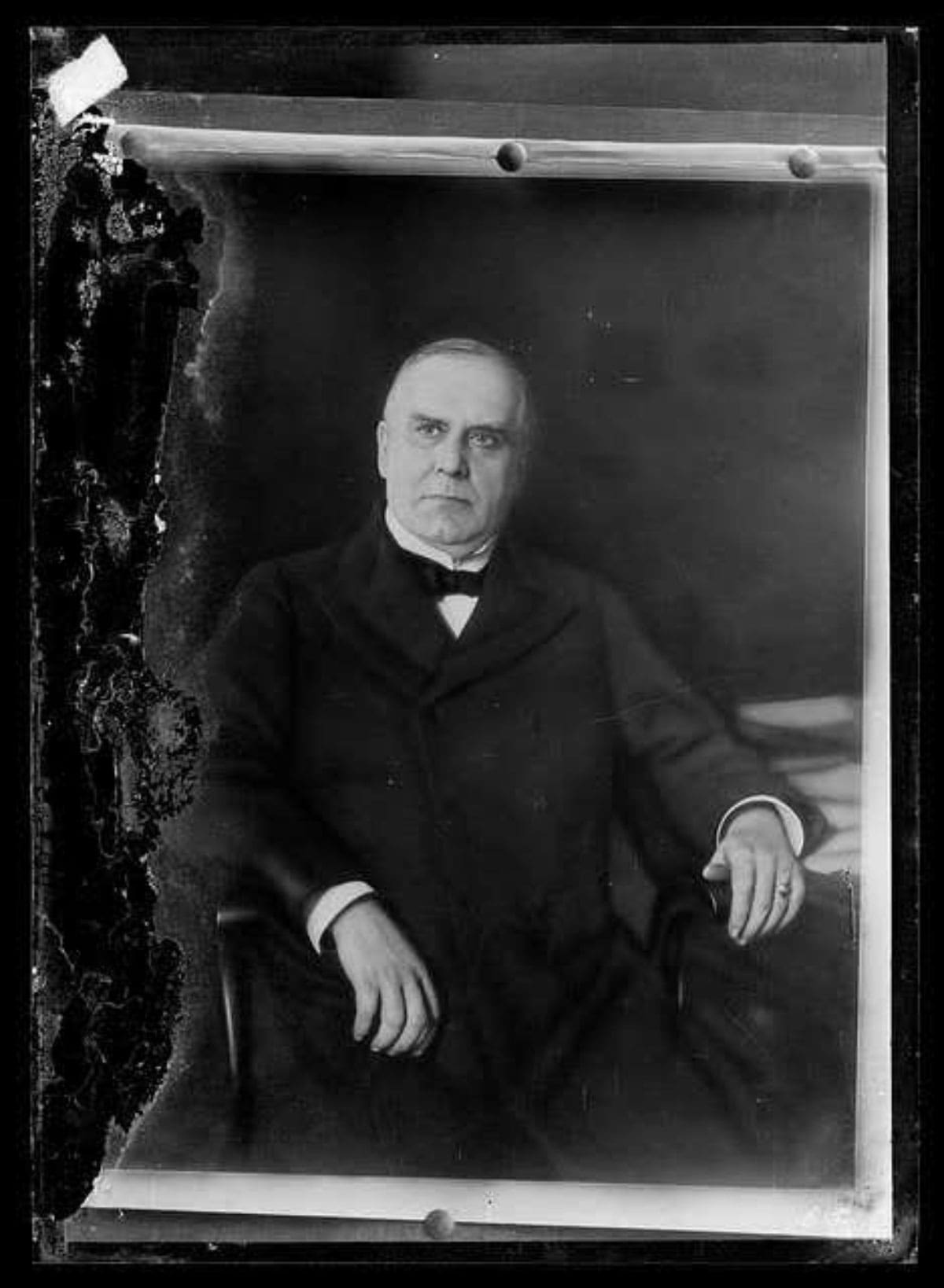Benevolent Assimilation*

U.S. President William McKinley
Image Source: Library of Congress Public Domain Archive
Working Definition:
In December 1898, U.S. President William McKinley released a proclamation deeming the U.S.’s mission in the Philippines one of “Benevolent Assimilation.” He stated, “It will be the duty of the commander of the forces of occupation to announce and proclaim in the most public manner that we come, not as invaders or conquerors, but as friends, to protect the natives in their homes, in their employments, and in their personal and religious rights…. [T]he mission of the United States is one of BENEVOLENT ASSIMILATION substituting the mild sway of justice and right for arbitrary rule.” The principles of Benevolent Assimilation guided U.S. policy and colonial action in economic policy, education, health care, and governance. Despite its name, scholars have described how this proclamation set the stage for the prolonged imperial presence of the U.S. in the Philippines, which was often accompanied by violence, cultural erasure or constraint, and other complex interpersonal dynamics between the colonists and the peoples they sought to subject to “benevolent assimilation.” Though this term may not be considered inherently harmful, it is important to use it in its proper, historical context in order to avoid normalizing colonial logics and rationals.
Related Terms:
Suggestions for Further Reading:
Dana Osbourne, “The Promise of English: Benevolent Assimilation, Education, and Nationalism in the Philippines,” Journal of Multilingual and Multicultural Development (2020); Daniel Immerwahr, How to Hide an Empire: A History of the Greater United States. New York: Farrar, Straus and Giroux, 2019; William McKinley, “McKinley’s Benevolent Assimilation Proclamation.”
